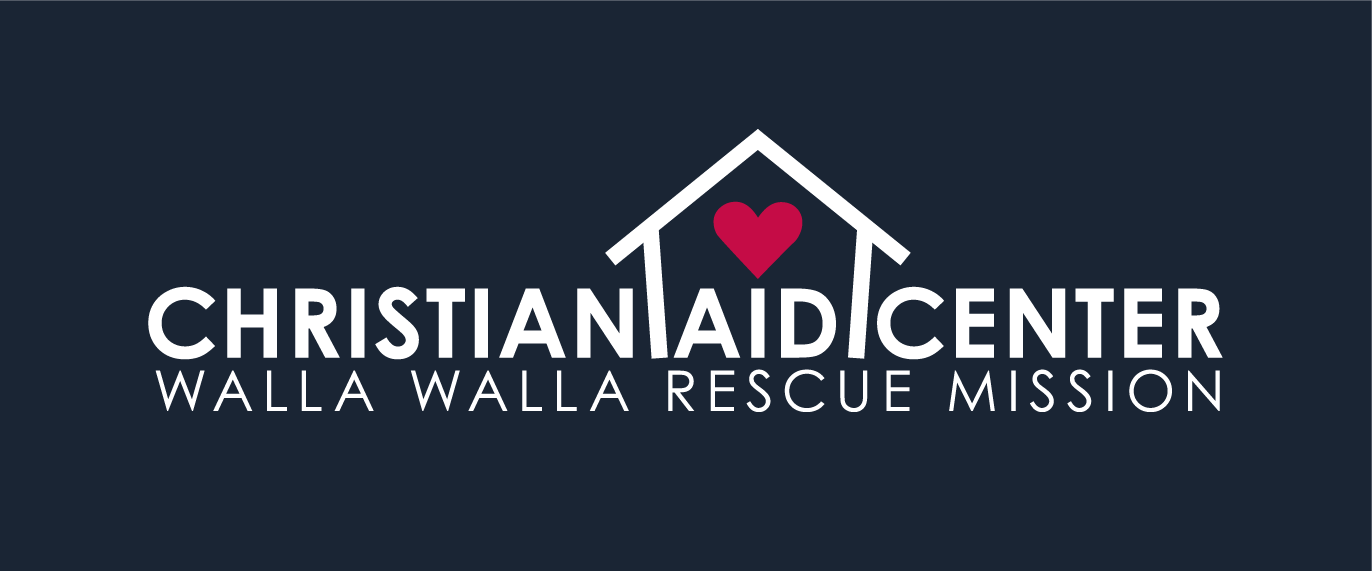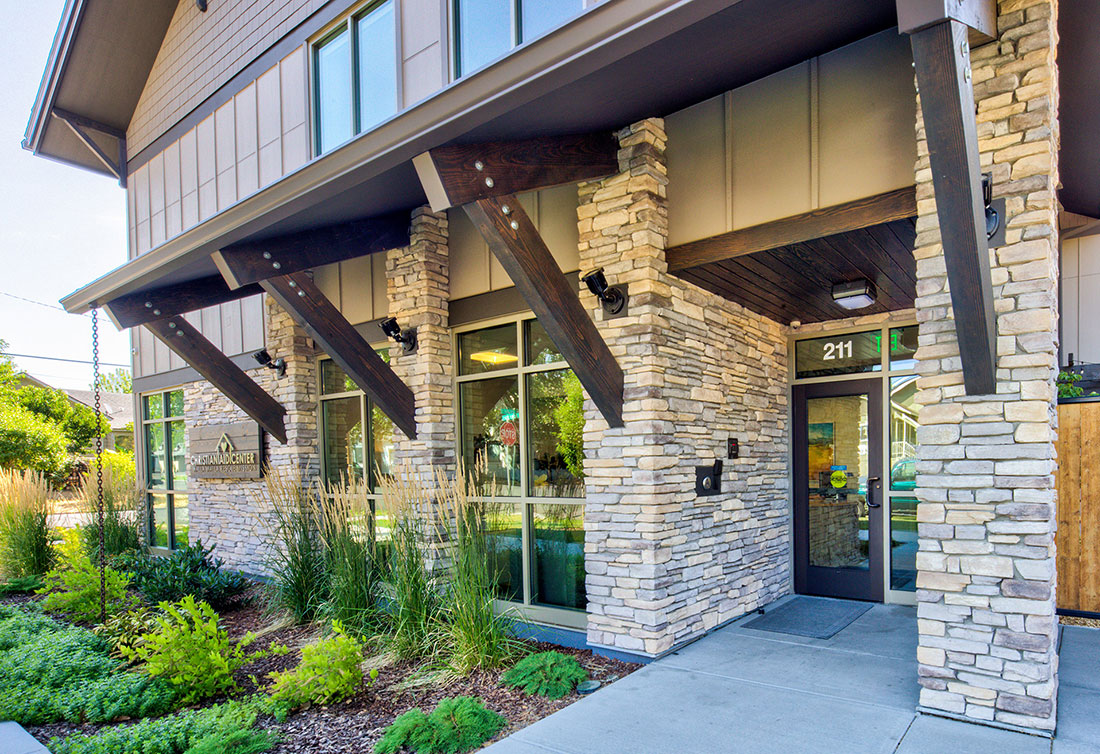About Us
Who We Are
With more than 75 years of rescuing and restoring lives in the Walla Walla Valley, the Christian Aid Center (CAC) is one of the first places that hurting individuals seek when in a time of need and despair. In 1946, the CAC started as a soup kitchen and chapel for men, and in time evolved into a homeless shelter.
Today, while we still address the same basic needs of sheltering and feeding needy men, women, and children; we ultimately offer the opportunity for real-life change through our long-term recovery programs.
Our Mission
The primary mission of the Christian Aid Center is serving Jesus Christ by providing restoration and compassionate love to those in need.
Our Commitment to Serving
We feed those who are hungry, shelter those who are experiencing homelessness, and restore those who are broken.
We provide a Christian environment that is conducive to change.
Our ultimate goal is to help individuals leave homelessness permanently.
We do this solely through the support of our community.
Our Commitment to Our Guests
Our services are provided to anyone who comes to us in need; regardless of race, color, age, national or ethnic origin, gender, gender identity, sexual orientation, and/or faith. We believe each person deserves to be treated with compassion, grace, care, dignity, and respect.
Back in 1946, they were called “bums,” “drunks,” “hobos,” and “no goods.” World War II had ended, but the trauma was not over for many of these men who were now living on the streets suffering from alcoholism, physical injuries, and mental illness. They were dirty and hungry, and society wanted nothing to do with them. However, Gus Anderson—a local businessman—felt differently. So, with the help of three friends, he started the Union Gospel Mission in an upstairs room of the Kaufman Building in downtown Walla Walla.
For a while, the ministry was known as “The Church in Overalls.” Every night they served soup, sandwiches, and the gospel message. It was a place where men could come inside and feel valued in the company of people who cared. About a year later, rooms became available for lease at the State Hotel, so they took the opportunity to move the mission and expand their services to include sheltering people.


Seventy-eight years later, the circumstances of people experiencing homelessness have changed drastically. However, what hasn’t changed is the commitment of the Christian Aid Center to continue serving men, women and children in need. Our non-denominational ministry is still funded entirely by the support of the Walla Walla community. With the help of volunteers, we provide emergency services and recovery programs that address the needs of the whole person—physically, psychologically, socially and spiritually. Our ultimate goal is to help our guests leave homelessness permanently.





